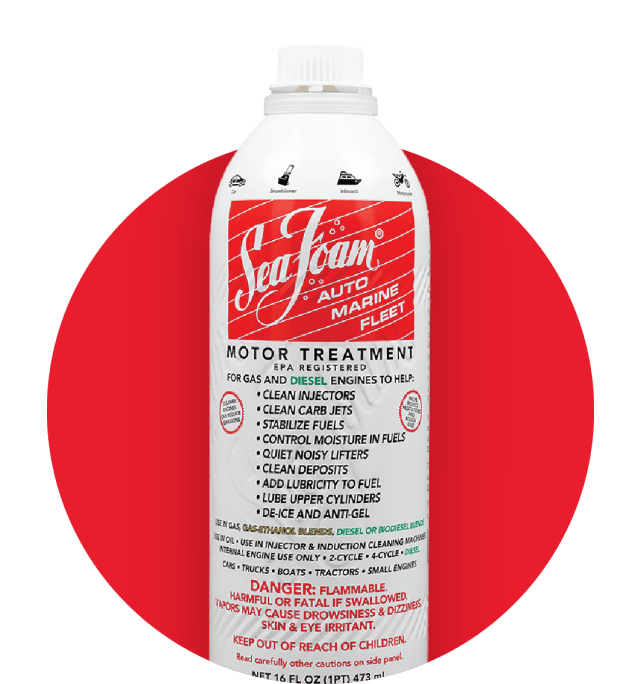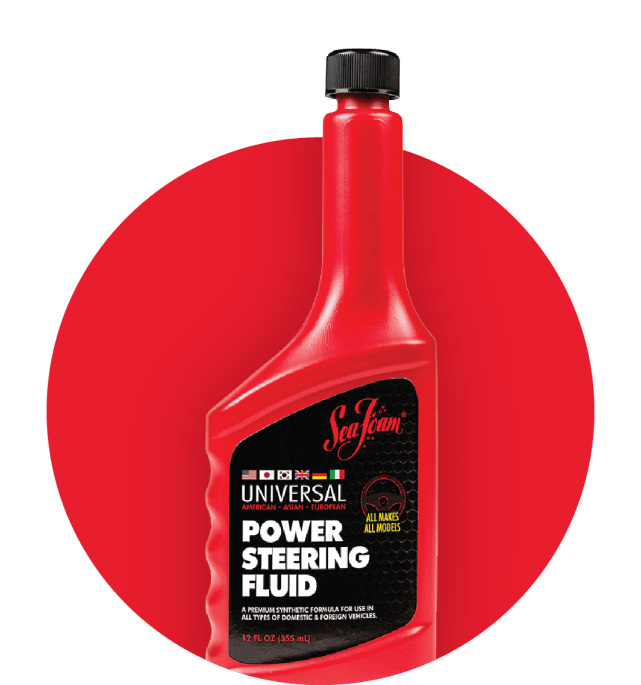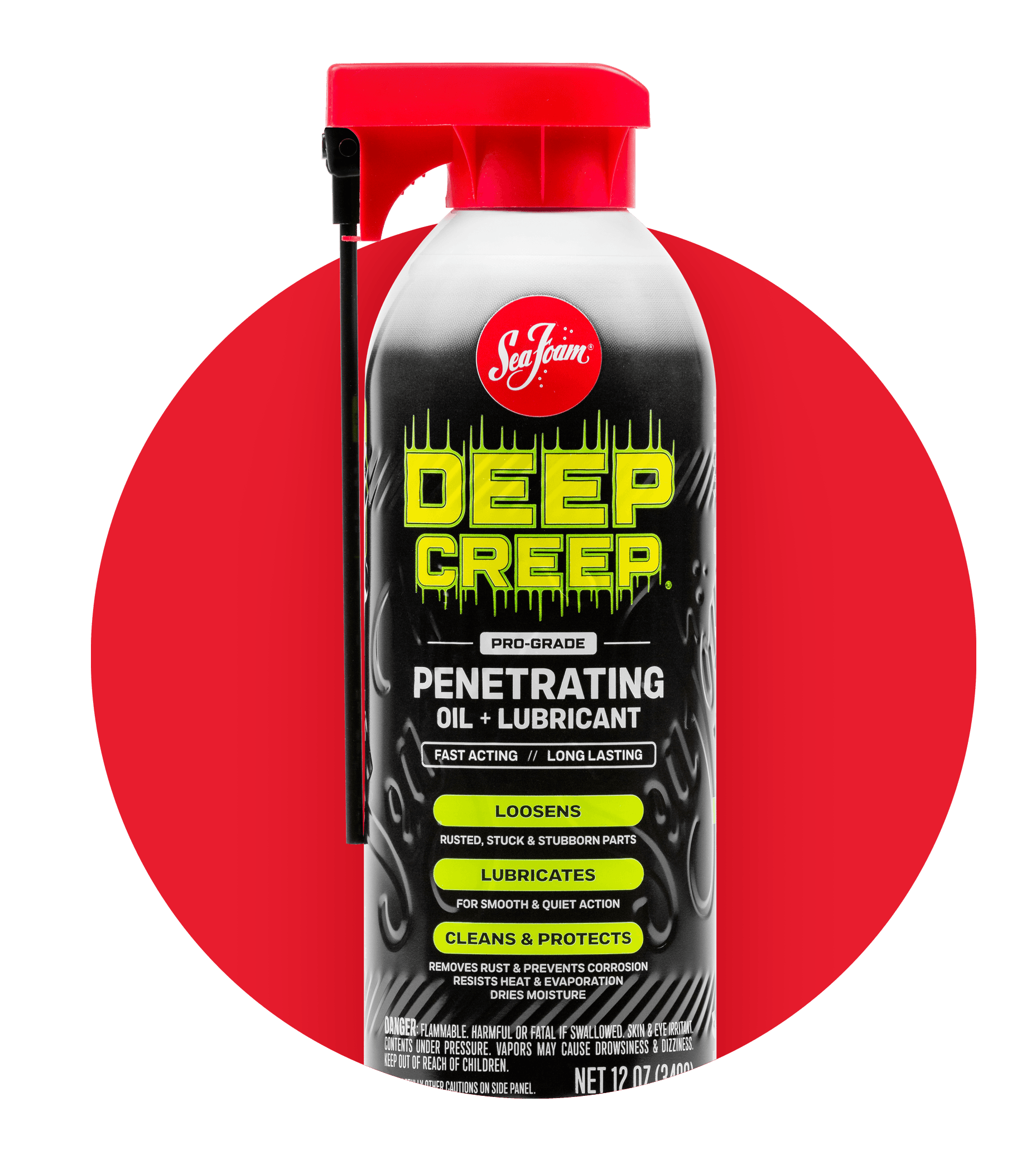HOW TO FIX A ROUGH ENGINE IDLE
If you start your vehicle and find yourself bouncing in your seat, experiencing an intermittent shudder or shake, or you see your RPM fluctuating, you’re dealing with a rough engine idle.
Simply put, a rough idle describes an engine that is not firing consistently when your vehicle is in park, with no gas applied. Most vehicles idle between 600 and 1,200 RPM and should hold their idle speed. If you’re experiencing a rough idle, it’s best to address it soon, before it creates more complex and costly problems.
SOLVING THE
STUMBLE
The best way to avoid a rough engine idle is to perform routine preventive maintenance on your vehicle, starting with manufacturer recommendations.
That means fluid changes at prescribed intervals, spark plug checking and changing when needed, and regular inspection of hoses and wires for damage. For the things you can’t see, such as fuel injectors, using an additive is a good way to keep parts clean and functioning properly. Many of these steps can be done on your own, but if you suspect failing sensors, it’s a good idea to find a professional to help.
And remember, correcting a rough idle early is the best way to prevent more serious problems down the road.
most common culprits of rough idle
A rough idle can come from a range of engine problems, many of them preventable or easy to fix.
Modern vehicles rely on a variety of sensors and valves to run properly. Your temperature sensor, for example, alters the fuel/air mixture based on the needs of your engine when cold or hot. Your airflow sensor controls the mixture based on the amount of air in the engine. Your EGR valve recirculates exhaust fumes back into the combustion system and your PCV valve takes air and fuel from the crankcase and routes it back through the intake manifold. In short, if any of your vehicle’s sensors or valves are failing or stuck, it could cause your engine to run rough.
Spark plugs ignite the fuel/air mixture in your engine’s combustion chambers. A fouled or damaged plug can prevent the mixture from being burned completely — or at all. A burnt plug wire or one with a bad connection can also cause this problem. The result is an engine that “misses” occasionally or doesn’t run on all of its cylinders.
You’ve probably noticed a heap of hoses under your hood. Some of those are vacuum lines, which use fuel and air produced as a byproduct of the engine’s operation to power a variety of things, from windshield wipers to vacuum brake boosters to heater control valves. Vacuum lines can become loose or crack when they age, creating leaks that contribute to a rough-running engine.
Fuel injectors are designed to deliver precise amounts of fuel at specific angles. Over time, residue buildup can clog your injectors, keeping them from working as they should.
HOW SEA FOAM TACKLES ROUGH ENGINE IDLE
Rough engine idle is most common in higher mileage vehicles — those with some wear and tear that are more prone to residue buildup and worn parts.
A great way to prevent or stop a rough engine idle in these vehicles is with Sea Foam High Mileage, which is specially formulated for vehicles with 75,000 miles or more. High Mileage will clear up clogged injectors and clean your entire fuel system of harmful deposits.
High Mileage can also be used as a fuel stabilizer for vehicles that aren’t used frequently, and in your crankcase to clean oil residues and reduce long-term wear.
#seafoamworks
Read Customer ReviewsCollapse Customer Reviews
related
products
For motors of all shapes and sizes.



